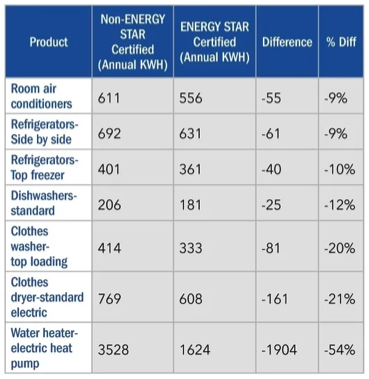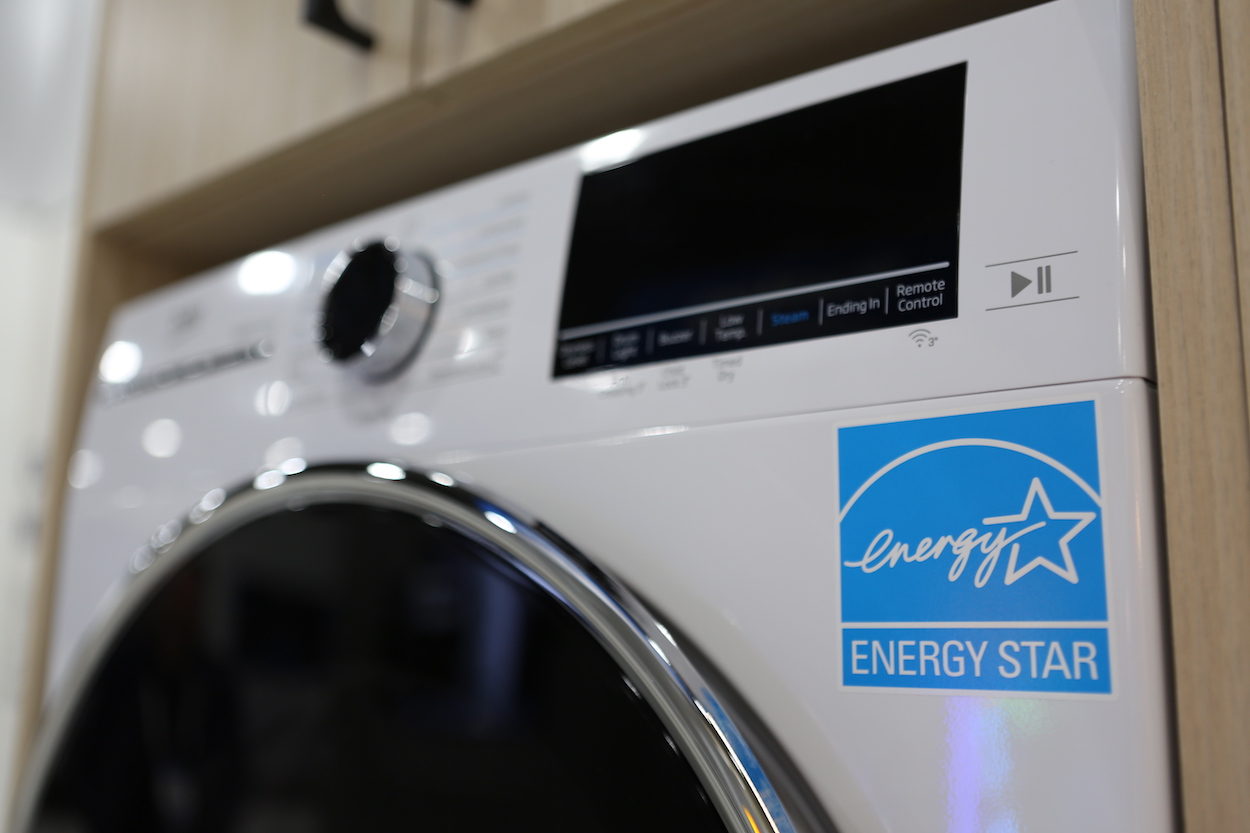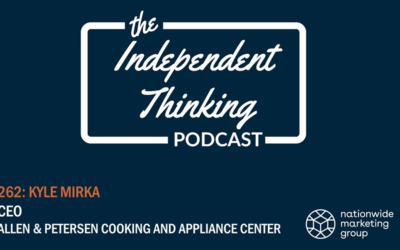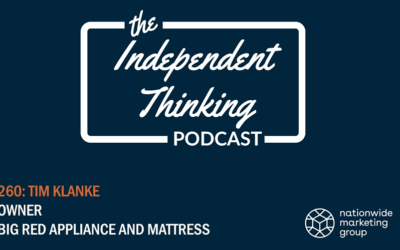On the surface, ENERGY STAR® is a label associated with products that are more energy efficient than some baseline standard. But how is this “standard” set within a specific product category and across multiple product subcategories? Further, many utilities set incentives for the consumer to buy certain ENERGY STAR® products. So, how are those incentive levels set?
At the center of this is the desire to reduce energy consumption because it creates harmful byproducts including CO2 and other greenhouse gases. Even clean energy has side effects, like adding gigantic wind turbines to an otherwise natural setting or the waste created by old solar panels. The best solution is to simply reduce energy consumption.
If we focus on products that consume electricity, there is a “baseline” energy consumption for that product category set by the Department of Energy (DOE). Examples of product categories include “Dishwashers-standard, Refrigerators-side by side, or Clothes dryers-standard electric dryer.” For each category, there is a team of people working with the manufacturers and stakeholders at the DOE identifying ways to reduce energy use and water use for that product without compromising the consumer experience.
Imagine having a long list of product categories each with a series of engineering changes that will reduce energy and/or water consumption. For each of the changes, there is a cost associated with it and an expected energy consumption benefit. As products start to get manufactured with enough efficiency, they get labeled as ENERGY STAR certified, which carries a value for the manufacturer. The table below gives you a quick sense for the energy savings in KWH and percentage for select appliance categories.
 What you will quickly notice from the table is that ENERGY STAR certified products all have energy savings over the equivalent non-ENERGY STAR product. But the amount of savings in both KWH and percentages differs significantly from a low of 9 percent to a high of 54 percent. In KWHs, the range is from a savings of 25 KWH up to a savings of 1,904 KWHs. When the KWH savings are converted to dollars using an average of $.14 per KWH, the range is from just $3.50 for a dishwasher up to almost $270 per year for a heat pump water heater.
What you will quickly notice from the table is that ENERGY STAR certified products all have energy savings over the equivalent non-ENERGY STAR product. But the amount of savings in both KWH and percentages differs significantly from a low of 9 percent to a high of 54 percent. In KWHs, the range is from a savings of 25 KWH up to a savings of 1,904 KWHs. When the KWH savings are converted to dollars using an average of $.14 per KWH, the range is from just $3.50 for a dishwasher up to almost $270 per year for a heat pump water heater.
In many states across the United States, the public utility commission (PUC) mandates the local utilities to reduce total energy consumption. The leverage the PUCs have is they are the governing body approving rate increase requests. So, each state has a team of analysts working on the most efficient ways to accomplish the mandates set by the PUC. The analysts work from a more detailed version of the table above to develop plans that will enable the utility to meet the efficiency goals set by the PUC.
Using the data table, you can quickly see how the fastest way to reach energy savings is through the replacement of non-ENERGY STAR certified electric water heaters with ENERGY STAR certified heat pump water heaters (HPWHs). In fact, you would have to replace 76 dishwashers with the ENERGY STAR equivalent to get the same energy savings as one HPWH installation. We had a HPWH in the ENERGY STAR booth at PrimeTime in Dallas that generated a lot of interest.
Following the logic above, a utility should be willing to offer an incentive on a HPWH that is 76 times as large as on a dishwasher. We are seeing $700 incentives on HPWHs offered by several utilities in the West and in the Northeast, whereas the comparable number for dishwashers tends to be about $20. The utility incentive is 35 times larger for a HPWH and not 76 times larger; one of the main reasons is because very large incentives are prone to abuse.
This analysis is limited to KWH savings from ENERGY STAR products. Utilities are faced with several other variables they need to manage including CO2 gas emissions. ENERGY STAR certified products generally produce both energy consumption savings and CO2 gas emissions savings, which is a story that retailers should leverage in their own marketing and sales strategies.
If you need assistance in telling that story, Nationwide Marketing Group participates in what is called a Scope 3 calculation, a yearly calculation of the reduced CO2 gas emissions caused by Nationwide Members selling ENERGY STAR certified products. As a Member of the group and seller of ENERGY STAR products, we can help you calculate your business’s impact on the environment — a narrative that you can leverage to connect with consumers who care deeply about the impact their purchasing decisions have on the environment.
If you’d like to learn more about Scope 3 and other ENERGY STAR initiatives, please reach out and let’s work together to craft your ENERGY STAR story.




